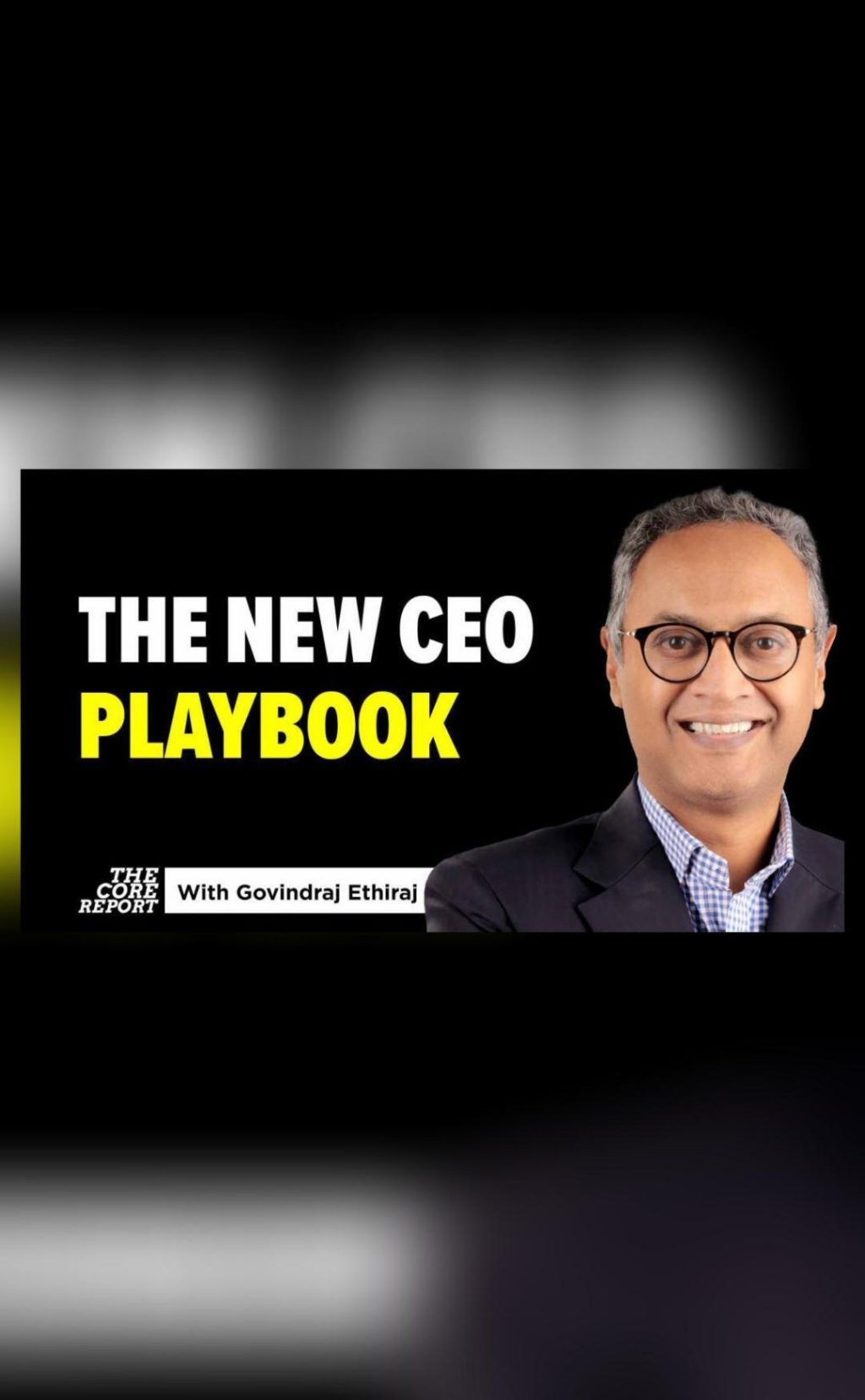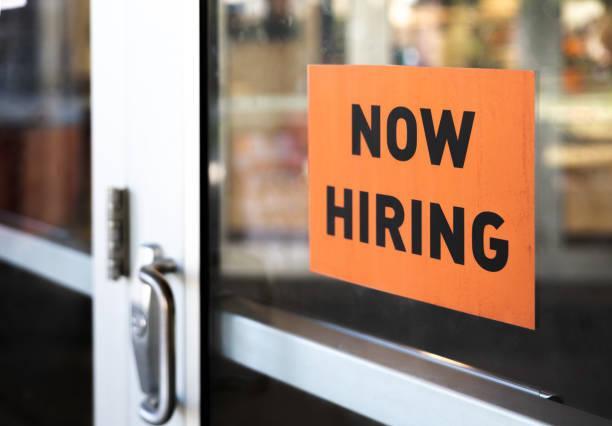
The New CEO Playbook: AI Pressures & Global Tariff Shocks
As the world becomes increasingly interconnected, the role of a CEO has never been more complex. With the advent of Artificial Intelligence (AI) and the ongoing impact of global tariffs, CEOs are facing unprecedented challenges that require a fundamental rethink of their strategy and operations.
In this article, we’ll explore the key pressures and shocks that CEOs are facing, and provide insights on how to navigate these uncertain times.
The Impact of AI on Industries
AI is transforming industries at an unprecedented pace. From automation to data analysis, AI is enabling businesses to streamline processes, improve efficiency, and make data-driven decisions. However, this transformation also brings significant challenges.
For example, in the retail sector, AI-powered chatbots are replacing human customer service agents, while in manufacturing, AI-driven robots are taking over repetitive tasks. In the financial sector, AI-powered trading algorithms are dominating the markets.
For CEOs, this means that they must not only adapt to these changes but also innovate and automate their own operations to remain competitive. This requires significant investments in AI research and development, as well as training programs for employees to upskill and reskill.
Global Tariff Shocks
The impact of global tariffs is another significant challenge that CEOs are facing. From trade wars to tariffs on goods and services, the uncertainty is creating a sense of unease among businesses and investors.
For example, the ongoing trade tensions between the US and China have led to tariffs on over $500 billion worth of goods, while the UK’s decision to leave the EU has created uncertainty around trade agreements.
For CEOs, this means that they must navigate complex regulatory environments, manage supply chains, and adapt to changing market conditions. This requires a deep understanding of global politics and economics, as well as the ability to pivot quickly in response to changing circumstances.
Localising and Adapting
In response to these challenges, many CEOs are adopting a localising and adapting strategy. This involves:
- Localising Supply Chains: By diversifying supply chains and reducing reliance on a single region or country, businesses can mitigate the impact of global tariff shocks.
- Adapting Products and Services: By innovating and adapting products and services to meet local market demands, businesses can reduce the impact of AI-driven automation and competition.
- Building Resilience: By building resilience into their operations, businesses can better withstand the uncertainty and volatility of the global economy.
Rethinking Long-Held Business Models
The pressure to localise and adapt is also forcing CEOs to rethink their long-held business models. This involves:
- Diversifying Revenue Streams: By diversifying revenue streams and reducing dependence on a single product or service, businesses can reduce the impact of global tariff shocks and AI-driven automation.
- Embracing New Technologies: By embracing new technologies and innovations, businesses can stay ahead of the curve and adapt to changing market conditions.
- Focusing on Core Competencies: By focusing on core competencies and outsourcing non-core functions, businesses can reduce costs and increase efficiency.
Conclusion
The new CEO playbook is all about navigating the complexities of AI pressures and global tariff shocks. By localising and adapting, building resilience, and rethinking long-held business models, CEOs can position their businesses for success in this uncertain world.
As the CEO of a global business, it’s essential to stay ahead of the curve and anticipate the challenges that lie ahead. By watching the video at https://youtu.be/0osLVVtj7tY, CEOs can gain valuable insights on how to navigate these challenges and build a sustainable future for their businesses.
Sources:






